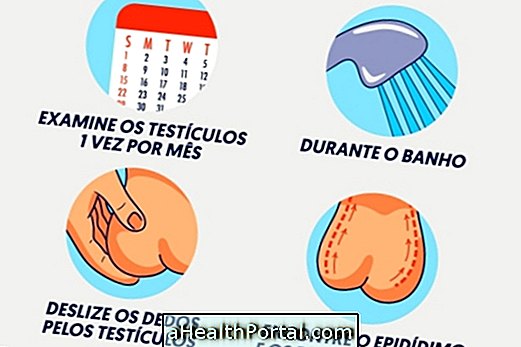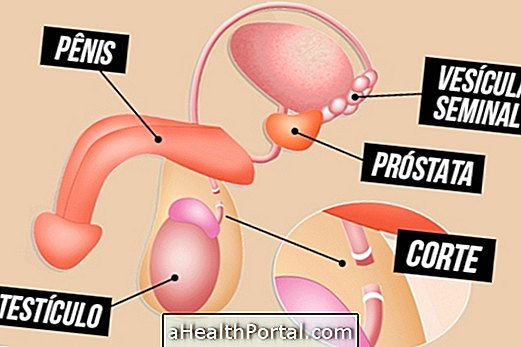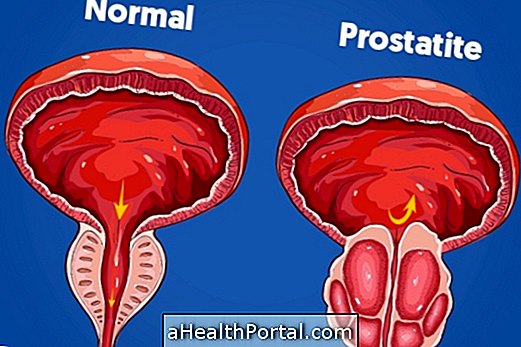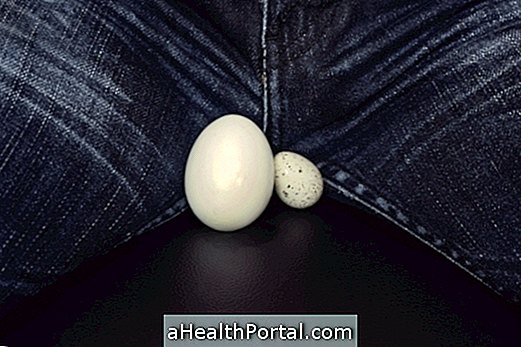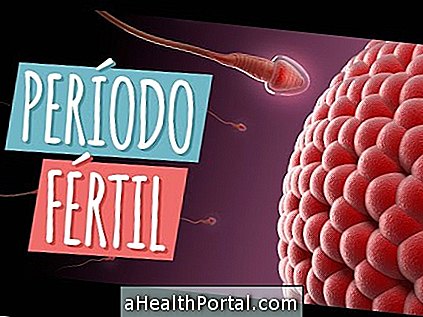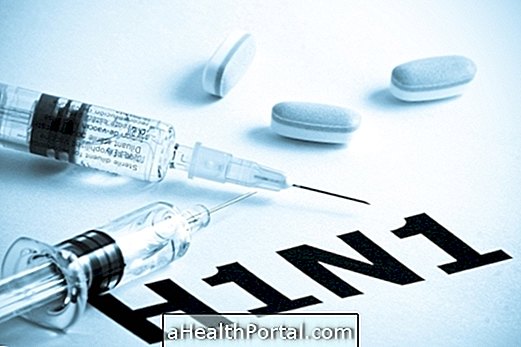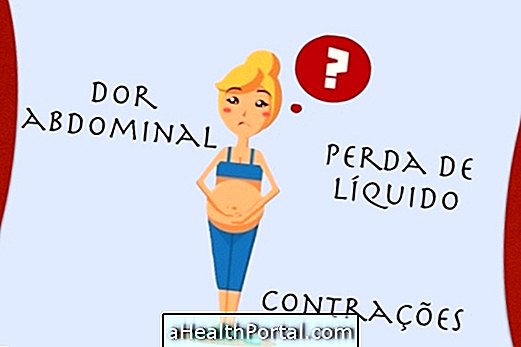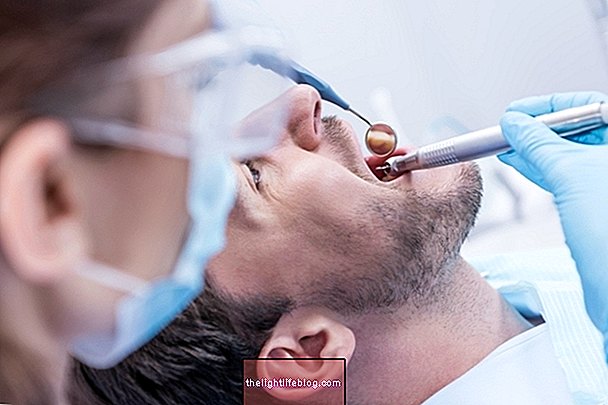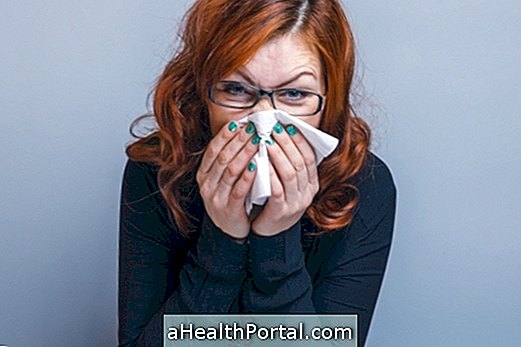Orchitis is a very common inflammatory process involving the testicles (orchitis) and the epididymis (epididymitis). The epididymis is a small duct that collects and stores the sperm produced within the testicles.
Inflammation can be caused by bacteria or viruses, such as mumps that are the most common form of orchitis or epididymitis, but can also be a consequence of sexually transmitted diseases such as gonorrhea and chlamydia. Bacterial agents causing urinary infections such as Escherichia coli can also initiate the inflammatory process, as well as trauma to the site.

Symptoms of orchiditis
Symptoms of orchitispididimitis begin with:
- Painful increase of only one or both testicles, which gets worse with the passage of days;
- Local inflammatory signs like heat and flushing (redness);
- There may be fever, nausea and vomiting;
- There may be peeling of the testicular skin.
The urologist, who can palpate the testicle and check for symptoms relief when trying to hold the testicles by hand, is the most appropriate doctor to observe the region and indicate the treatment. Rectal examination may be helpful in assessing the size, consistency, and sensitivity, and nodules that may be present.
The doctor may order tests such as blood, urine, urine culture and secretion of the urethra. If syphilis is suspected, this test may also be ordered. It is not always necessary to perform an ultrasound of the region.
Treatment for orquiepididimite
Symptoms such as trimethoprim, sulfamethoxazole, or fluoroquinolone may be used to treat orchitis, and use of scrotal support with athletic wetsuit so that the swelling does not further aggravate pain by the action of gravity. When the cause is a bacterium, vancomycin or cephalosporin may be used, for example.
In infectious cases, in addition to treating the symptoms, it is necessary to try to identify the initial focus of the infection and if the cause is a sexually transmitted disease it should be eliminated. When it is discovered that they were fungi, antifungal should be used.
